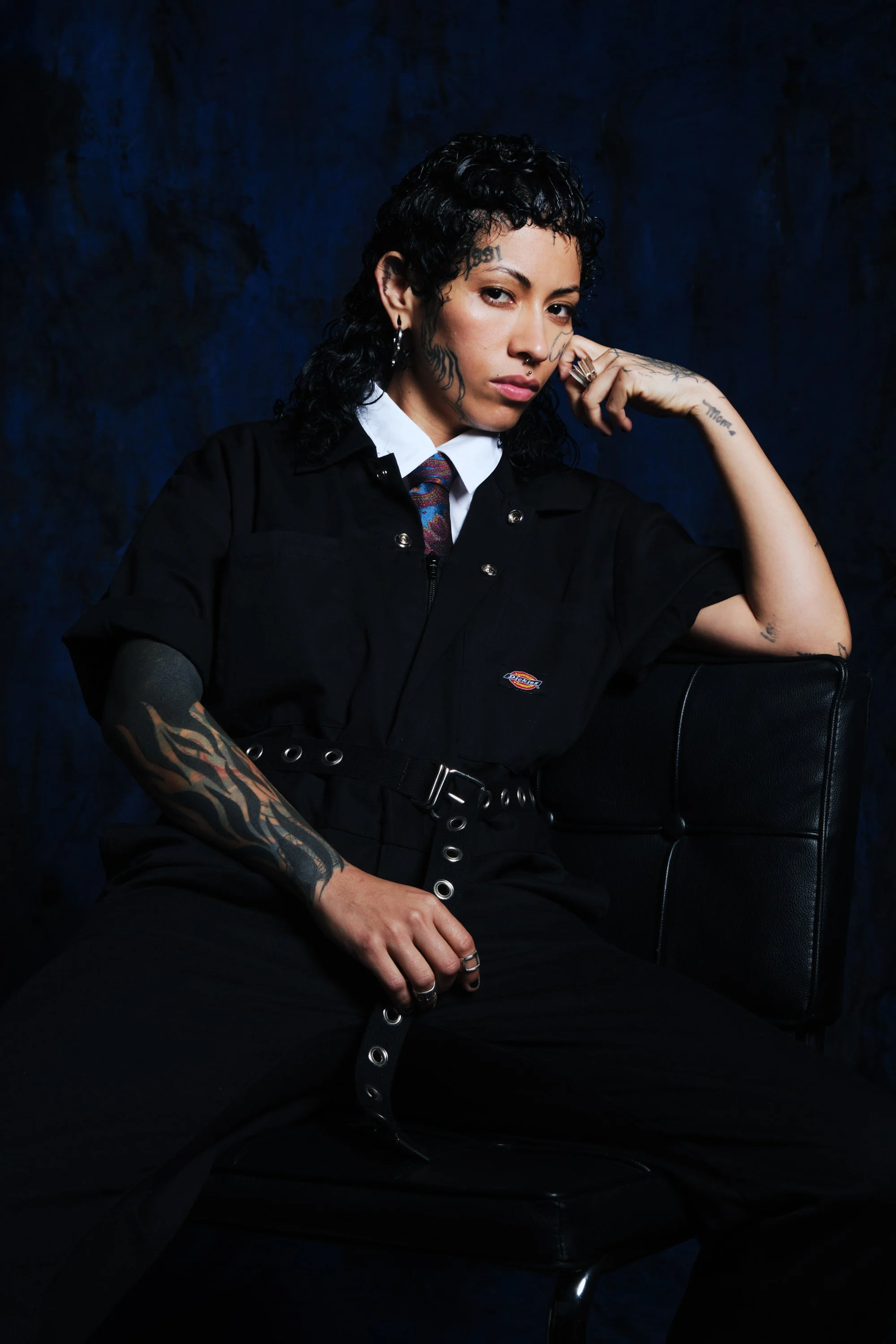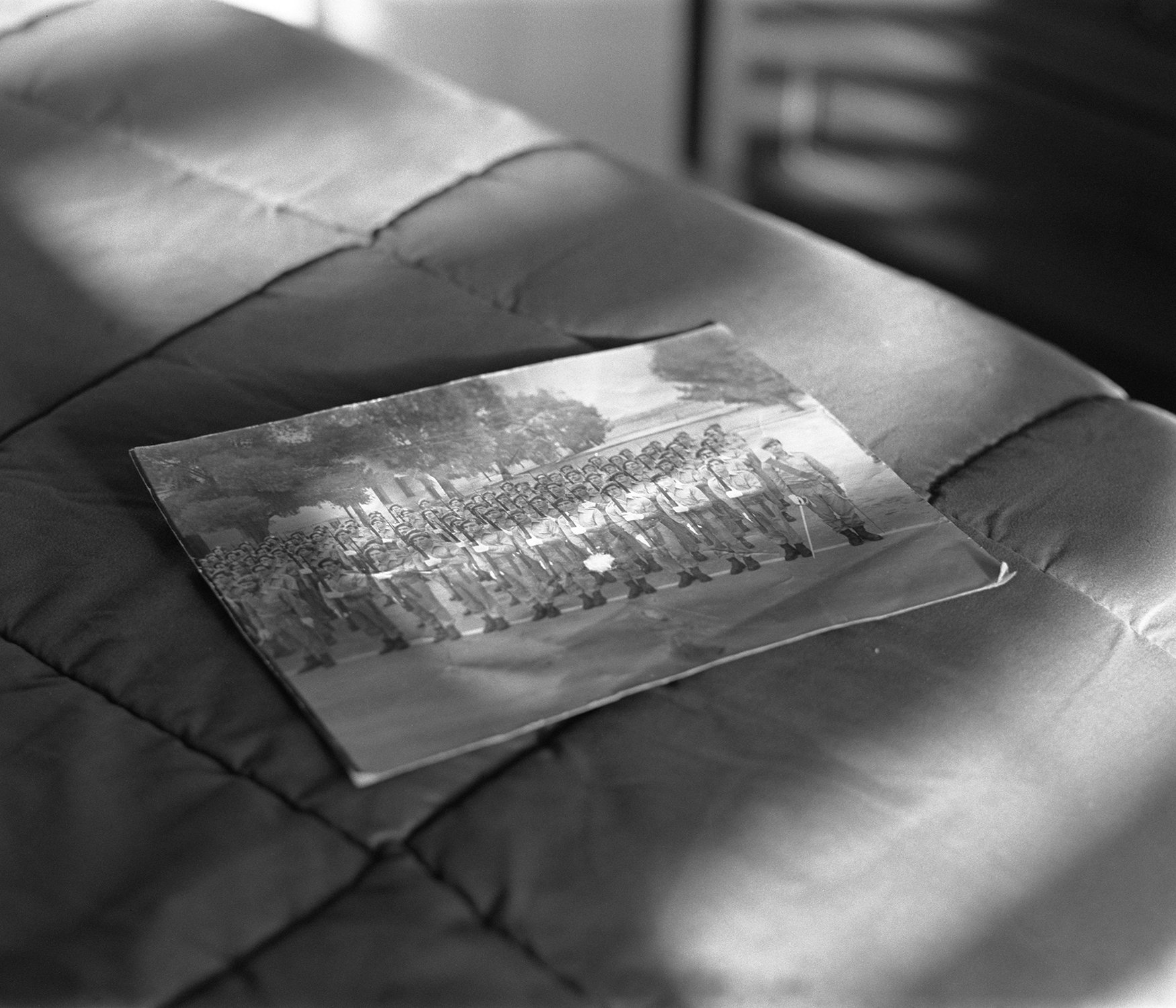The very powerful San Simón
In this insightful interview, Juan Brenner digs into his ongoing photographic exploration of San Simón, a complex figure embodying Guatemala's rich syncretic traditions. Brenner reflects on themes of identity, spirituality, and cultural resilience, sharing the challenges and revelations behind his deeply personal and visually arresting body of work.
Interview JC Verona Photography Juan BrennerIn our last conversation about your project Tonatiuh, you spoke about the influence of ancestral myths on contemporary identity. With San Simón, how do you see this legacy manifesting differently?
I am still in the process of finding my place within this narrative. Having worked in the Guatemalan highlands for over five years, I continually find myself reflected in various aspects of the region. With this project, The Very Powerful San Simón, I delve into multiple realms, exploring something both profound and complex—almost overwhelming in its depth. I am truly excited about the images and the emerging research. Syncretism is a theme I have long wished to explore in greater depth, and this project provides the perfect opportunity to do so.
Where are these pictures taken and what time of the year?
These images were captured throughout the Guatemalan Highlands at various points throughout the year. While there is a specific sacred day dedicated to San Simón (October 28th), and I have visited numerous altars on this date over the past three years. This body of work also explores the cult of San Simón within the traditional Guatemalan home. My primary focus right now is to document as many private altars as possible in the coming months.
“I delve into multiple realms, exploring something both profound and complex—almost overwhelming in its depth.”
What first inspired you to start photographing the tradition of San Simón, and how did the project evolve from the initial idea to the finished series? Is it finished?
This project is still a work in progress, and while I recognise that I likely have at least a couple of years to go, I have already accumulated a compelling set of images that encapsulate and describe the various conceptual layers of this work.
Since Tonatiuh, I have been working continuously in the Guatemalan Highlands, where, in nearly every location I visit, the presence of San Simón is palpable and vibrant. It was through a series of encounters and a deep, intuitive sense that I decided to begin photographing and researching this project in 2022.
This work also carries a deeply personal and intimate dimension. From a young age, I have experienced firsthand the syncretism and hybrid nature of religion in this region. Raised Catholic, I was taught to believe that anything outside the Catholic faith was either satanic or at the very least, associated with witchcraft. Despite the omnipresence of these alternative interpretations of the divine, it is difficult to break through that barrier. The colonial process was explicitly designed to reject anything ancestral or pre-Columbian, and many lives were lost in the struggle to preserve these traditions and beliefs. I am also deeply interested in this part of history, which represents the next phase of my project: delving into archives and historical research in ways I have never done before.
San Simón is such a layered cultural figure; how did you approach capturing his presence? Was it difficult to balance his mystical elements with the contemporary urban settings?
Not at all. After years of engaging with the territory and its people, I have come to feel quite at home. Although the new layers of mysticism and metaphysics are ever-present, the support of shamans and local guides has been indispensable to this project. I have been extremely fortunate in this regard. Through an honest and transparent process of dialogue with the relevant authorities, we have been able to gain profound access, particularly to the principal San Simón temples throughout the highlands.
As you rightly mentioned, San Simón is a multifaceted figure, but the people of the highlands have been navigating such complex spiritual matters for centuries. Long before the Spanish invasion, the Maya descendants in the region had a nuanced and intricate understanding of religion, with pantheons that varied between ethnic groups. Today, the cult of San Simón stands as one of many hybrid traditions shared by the principal ethnic groups across the country.
How many images have you shot so far, and what guided your selection process for the final series? Were there any images that you loved but ultimately left out?
I’m not there yet. While I currently have a significant body of work, I am focusing heavily on typologies, many of which are integrated within the same project. I believe I have already shot more than 200 rolls of film, and I know there are many more to go. I am particularly excited about the images I am documenting from TikTok live streams that address the cult of San Simón.
As I mentioned earlier, I am aware that I am far from finished, but this is precisely what makes the process so exciting. Each new discovery seems to open up a world of possibilities for understanding the figure of San Simón. Perhaps the most thrilling aspect is that I am beginning to grasp the fractal nature of the various ways in which people relate to "El Abuelo" (The Grandfather). San Simón is also affectionately referred to as Tatita (Little Father) or Abuelo Simón (Grandfather Simón).
“Through an honest and transparent process of dialogue with the relevant authorities, we have been able to gain profound access.”
Your work includes portraits, urban scenes, and city details. Can you talk about your decision to mix these elements and how you envisioned them connecting with the story?
There is much more to this project. In addition to what has already been mentioned, I am also documenting statues, occult tools, private shrines, and exploring the numerous possibilities that archival research will offer. The cult of San Simón is so complex that even these elements feel insufficient to fully capture the depth I seek. This is why I am allowing myself the time to work on it thoughtfully, without unnecessary pressure. There is no need to rush—something I am continually learning throughout this process. The project itself is guiding the way, and I am merely a co-pilot. Given the significance of the task at hand, I believe that patience, rather than haste, is the best approach.
Were there any particular challenges in gaining access or in conveying the spirit of San Simón within the settings you chose? Did you have to adjust your process along the way?
The process evolves with each trip and each portrait. I am not claiming to fully understand what lies ahead with this project, but I do recognize that it has the potential to become the most significant body of work I have ever undertaken, given its profound importance to so many people. With that comes a tremendous responsibility to approach it with the utmost care, ensuring that my work is informed by extensive research and diverse references. My goal is to incorporate everything into the 'blender' of editing and sequencing that will ultimately shape the final project.
The presence of San Simón is deeply personal, fractal, and intimate. I still have much to learn before I can truly speak of him with confidence. I am fully committed to this endeavor and must respect the process as much as possible, allowing it to unfold organically.
What technical choices did you make for this series (camera, lighting, post-production), and how did they shape the tone or texture of the final images?
I shoot all my work using the same setup: a Mamiya RZ67 with the 110mm lens, paired with Kodak Portra 400 for color and Kodak Tri-X 400 for black and white. These have been the only two film stocks I’ve used over the past 15 years. For this project, I am also shooting a digital backup with the FUJI 100 GFXS, which provides me with peace of mind. We’ve all experienced the unfortunate accidents that can occur with film, and given that I’m documenting rare and hard-to-reproduce situations, it’s essential that I am fully prepared and assured that everything is covered.
Additionally, I am incorporating a hard flash for the nighttime images and using a ‘studio setup’ to document objects and tools—this is a new approach in my production process.
Regarding scanning, I no longer scan my negatives traditionally. Instead, I reproduce them using a light table, the FUJI 100 GFXS, and a 4x5 Super Macro Schneider lens. This allows me to get as close to the negative as possible while ensuring the sharpest possible image quality for high-resolution files. I then flip the images using a series of photoshop actions developed by my team and me over the past three years, since I ceased using Imacon for scanning my work.
The combination of these technical choices contributes significantly to the aesthetic or ‘texture’ of my work.
Looking back on creating this project, is there anything you learned about your own process or about balancing creative decisions with cultural sensitivity?
I use photography as a means to explore the fluid and abstract dimensions of identity and territory. My goal is to highlight the complexities of cultural hybridisation, as well as to examine how power dynamics, hierarchies, and inequalities endure over time. These are issues that persist across many countries in the region, particularly those with shared colonial histories—nations built upon similar foundations that gave rise to a diverse array of archetypes, which continue to resonate throughout Latin America, a region predominantly colonised by the Spanish Crown.
I am currently in the final stages of sequencing a project in the Ecuadorian Highlands, retracing the failed attempt by De Alvarado to challenge Francisco Pizarro’s conquest of Peru in 1534. Through this work, I am encountering the same archetypes and figures that I have come across repeatedly in my own territory.
For me, these projects serve as a way to make sense of the complex dynamics of the highlands. Each journey has contributed to my growth as an artist, and I am deeply aware of the Mestizo nature of my work. I recognise my place within this narrative and acknowledge that I will never fully belong. However, I felt compelled to embark on this archival exploration. One of the central messages I aim to convey through my projects is that Mayan culture is not only vibrant and alive but more powerful than ever, with an ever-growing number of people committed to preserving its core traditions.
Can you tell us what camera and lenses you used in this project and what is your favourite you normally go for?
I will continue to affirm this for as long as I live: there is nothing quite like the Mamiya RZ67 camera with the 110mm lens. It is both a pleasure and a great privilege to use this setup, and I have no desire to shoot with anything else.
That said, I occasionally use the 50mm and 250mm lenses as well. On my Fuji medium format camera, I particularly enjoy using the 45-110mm zoom lens and the 23mm fixed lens.
“My work is informed by extensive research and diverse references.”
“I am particularly excited about the images I am documenting from TikTok live streams.”
About Juan Brenner
Juan is a self-taught photographer, living and working in Guatemala City. He previously lives in New York for more than 10 years, where he worked as a fashion photographer.
His first monograph “Tonatiuh” was nominated to Aperture’s “First Book Award” in September 2019. The project also won the LensCulture Emerging Talent Award in 2019.
Juan is a founding member of Proyectos Ultravioleta in Guatemala City.
Visit Juan’s website or follow him on Instagram to see more of his work.



















































